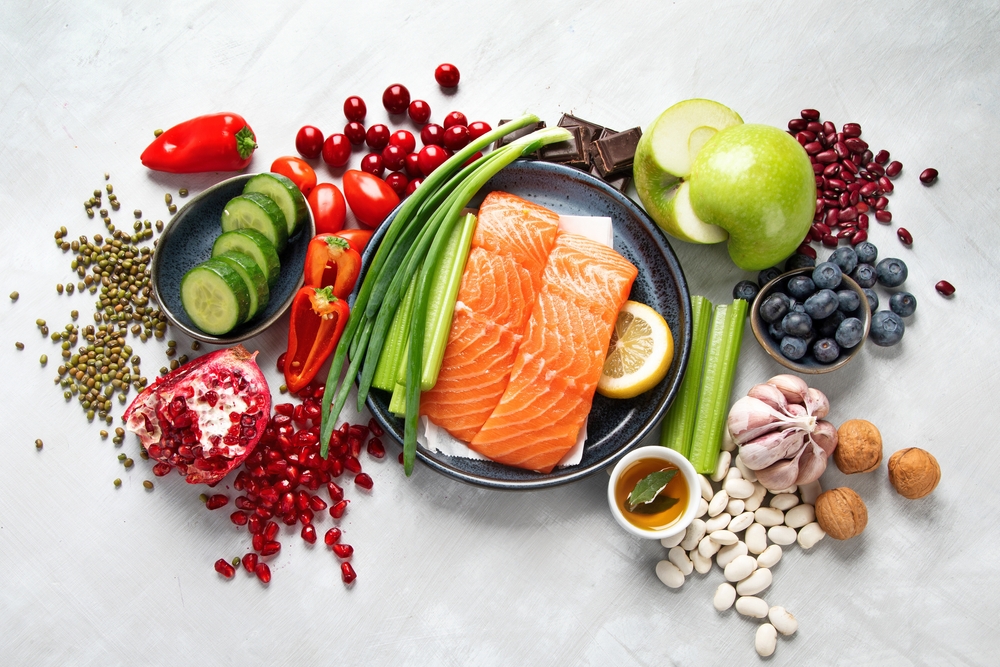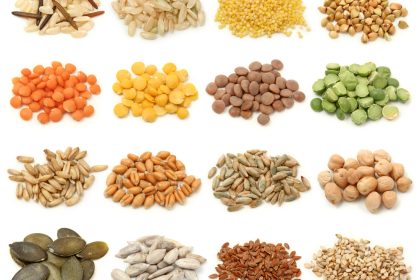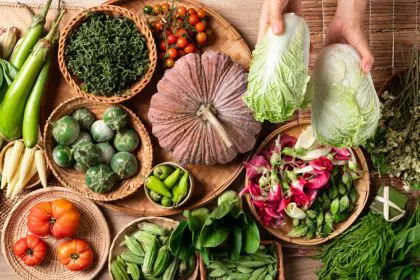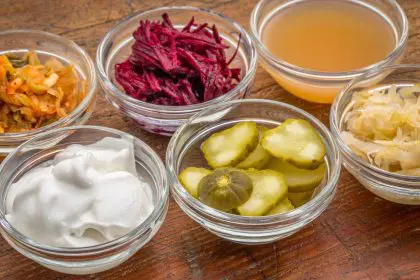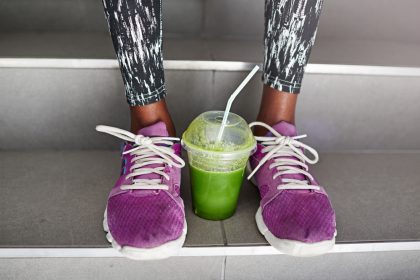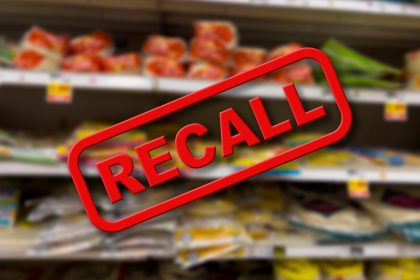The collagen supplement industry wants you to believe that beautiful skin comes in a powder or pill. With celebrity endorsements and promises of turning back the clock, these products have exploded into a multi-billion dollar market. But what if the most effective collagen strategy isn’t about what you stir into your coffee but what you put on your plate?
Your body naturally produces collagen—the structural protein responsible for skin elasticity, joint flexibility, and that coveted youthful appearance. While production inevitably slows with age, certain foods contain specific nutrients that support and maximize your body’s own collagen-making machinery. The science behind this nutritional approach suggests that working with your body’s natural processes might yield better results than the quick-fix supplement route.
The protein foundation most people get wrong
Building collagen starts with consuming adequate protein, but the quality and composition of that protein matters more than most people realize. Collagen is primarily made up of three amino acids—glycine, proline, and hydroxyproline—that must be present in sufficient amounts for your body to construct new collagen fibers.
Animal proteins like chicken, fish, and beef contain these crucial amino acids in bioavailable forms. What makes certain animal proteins particularly effective is their content of glycine and proline, which are especially abundant in tougher cuts of meat that contain connective tissue. This explains why traditional diets often included slow-cooked bone broths and stews that break down these tissues into digestible forms.
Plant-based eaters aren’t necessarily at a disadvantage, but need to be more strategic about amino acid combinations. Beans paired with rice, for instance, creates a complementary amino acid profile that provides the building blocks needed for collagen synthesis. Soy products like tempeh and edamame are also relatively rich in glycine and proline compared to other plant proteins.
The key insight modern nutritional science offers is that protein quality trumps quantity when it comes to collagen production. Consuming diverse protein sources that provide all necessary amino acids in digestible forms supports your body’s collagen-building capacity more effectively than simply increasing overall protein intake.
The vitamin C connection you can’t ignore
If protein provides the building blocks for collagen, vitamin C serves as the essential construction worker that assembles those pieces. Without adequate vitamin C, collagen production essentially grinds to a halt, regardless of how much protein you consume.
Vitamin C isn’t just helpful for collagen—it’s absolutely necessary. This vitamin is required for the hydroxylation of proline and lysine, a critical step that allows collagen fibers to form their triple-helix structure. Without this process, collagen remains weak and unstable, unable to provide the structural support your skin and tissues need.
The most potent food sources of vitamin C might surprise you. While oranges get all the publicity, foods like bell peppers, kiwi, broccoli, and strawberries actually contain significantly more vitamin C per serving. Just one cup of red bell pepper provides over 300% of your daily vitamin C needs—more than enough to maximize collagen production.
What makes vitamin C particularly interesting for collagen support is that it’s water-soluble and not stored by the body. This means consistent daily intake matters more than occasional large doses. Incorporating vitamin C-rich foods throughout the day ensures your body has the necessary supply for continuous collagen synthesis.
The mineral matrix most beauty experts miss
Several key minerals play crucial but often overlooked roles in collagen production and stability. Without these mineral cofactors, the enzymes involved in collagen synthesis simply can’t function properly, creating a bottleneck in production regardless of other nutrients.
Zinc stands out as particularly important, serving as a cofactor for the enzymes that organize amino acids into collagen’s triple-helix structure. It also activates proteins responsible for cell division and growth, essential processes for collagen regeneration. Oysters provide exceptional zinc content, but more everyday sources include pumpkin seeds, beef, and lentils.
Copper deserves special attention for its role in linking collagen fibers together, creating the strong cross-links that give collagen its remarkable tensile strength. This cross-linking process transforms newly formed collagen into the resilient structural protein that maintains skin firmness. Sesame seeds, cashews, and dark leafy greens provide bioavailable copper that supports this crucial process.
Sulfur, often called “the beauty mineral,” enables the cross-linking of collagen molecules and helps maintain their shape and strength. This often-forgotten mineral is abundant in eggs, onions, garlic, and cruciferous vegetables like broccoli and cabbage. The distinctive smell of these foods comes from their sulfur compounds—the very elements that support collagen structure.
The antioxidant allies that protect what you build
Producing collagen is only half the battle—protecting it from degradation is equally important. Various environmental and lifestyle factors, from UV exposure to pollution, trigger free radical damage that breaks down existing collagen faster than your body can replace it.
Colorful berries like blueberries, strawberries, and blackberries contain powerful antioxidants called anthocyanins that neutralize the free radicals responsible for collagen destruction. These compounds essentially act as collagen bodyguards, preserving your skin’s existing collagen matrix while your body works on building more.
Green tea provides catechins, particularly EGCG (epigallocatechin gallate), which directly inhibit collagenase—an enzyme that breaks down collagen during aging. Regular green tea consumption essentially helps block one of the primary mechanisms of collagen destruction, preserving what you already have while supporting new production.
Tomatoes deserve special mention for their lycopene content, a carotenoid that protects skin against sun damage—one of the most significant causes of collagen breakdown. Interestingly, cooked tomatoes provide more bioavailable lycopene than raw ones, making tomato sauce and other cooked tomato products particularly beneficial for collagen preservation.
The omega balance that determines your results
The ratio of omega-6 to omega-3 fatty acids in your diet significantly impacts collagen production through their effects on inflammation. Most modern diets contain excessive omega-6 fats, creating an imbalance that promotes low-grade inflammation—a key driver of accelerated collagen breakdown.
Fatty fish like salmon, mackerel, and sardines provide abundant omega-3s that help restore this crucial balance. These omega-3s not only dampen the inflammatory processes that degrade collagen but also support cell membranes, creating an optimal environment for collagen synthesis.
Walnuts, chia seeds, and flaxseeds offer plant-based omega-3s in the form of alpha-linolenic acid (ALA). While not as directly usable as the EPA and DHA found in fish, these plant sources still contribute to improving overall fatty acid balance when consistently included in the diet.
What makes the omega balance particularly significant is that no amount of collagen-boosting foods can overcome the negative impact of chronic inflammation from a highly imbalanced omega-6 to omega-3 ratio. Addressing this fundamental aspect of your diet creates the biochemical environment where collagen production can thrive.
The silica source gardeners already know about
Silicon—not to be confused with silicone—plays a fascinating role in collagen formation that receives far too little attention in beauty circles. This trace element activates enzymes involved in collagen production and helps cross-link collagen fibers for improved strength and elasticity.
Cucumbers contain some of the highest natural concentrations of bioavailable silicon, particularly in their skin. This explains their traditional use in skincare and might justify adding them to your diet for internal benefits as well. Bell peppers, leafy greens, and whole grains also provide significant silicon content.
Perhaps the most overlooked silicon powerhouse is the herb horsetail, which can be brewed as a tea. This traditional remedy contains more bioavailable silicon than almost any other plant source, supporting both collagen and elastin formation for comprehensive skin support.
The silica-collagen connection helps explain why traditional diets that included more plant variety and fewer processed foods typically supported better skin health. Modern food processing strips away much of the natural silicon content found in plant foods, potentially contributing to diminished collagen production with age.
The bone-based tradition worth reviving
Before collagen supplements existed, traditional cultures worldwide consumed collagen-rich foods like bone broth, prepared by simmering animal bones for extended periods to extract the collagen, gelatin, and associated nutrients.
Bone broth provides a uniquely beneficial combination of elements for collagen support. The long cooking process breaks down collagen into gelatin and individual amino acids that are easily absorbed and utilized by the body. Additionally, the cooking process extracts glycosaminoglycans like glucosamine and chondroitin that support the extracellular matrix where collagen resides.
Beyond providing direct collagen building blocks, bone broth contains minerals leached from the bones during cooking, including calcium, magnesium, and phosphorus. These minerals serve as cofactors for the enzymes involved in collagen synthesis, creating a synergistic effect that may explain bone broth’s longstanding reputation for supporting skin, hair, and joint health.
For those seeking maximum benefit, homemade bone broth allows control over ingredients and cooking time. Simmering bones from pasture-raised animals for 24-48 hours creates a mineral-rich, gelatinous broth that provides comprehensive support for your body’s collagen-building mechanisms.
While collagen supplements might offer convenience, focusing on these collagen-supporting foods provides a more holistic approach by addressing multiple aspects of collagen health simultaneously. The complex interplay of proteins, vitamins, minerals, and protective compounds in whole foods creates a synergistic effect that isolated supplements simply can’t replicate. By making these strategic dietary additions, you’re not just feeding your skin—you’re giving your body everything it needs to maintain its own collagen-producing capability for years to come.

